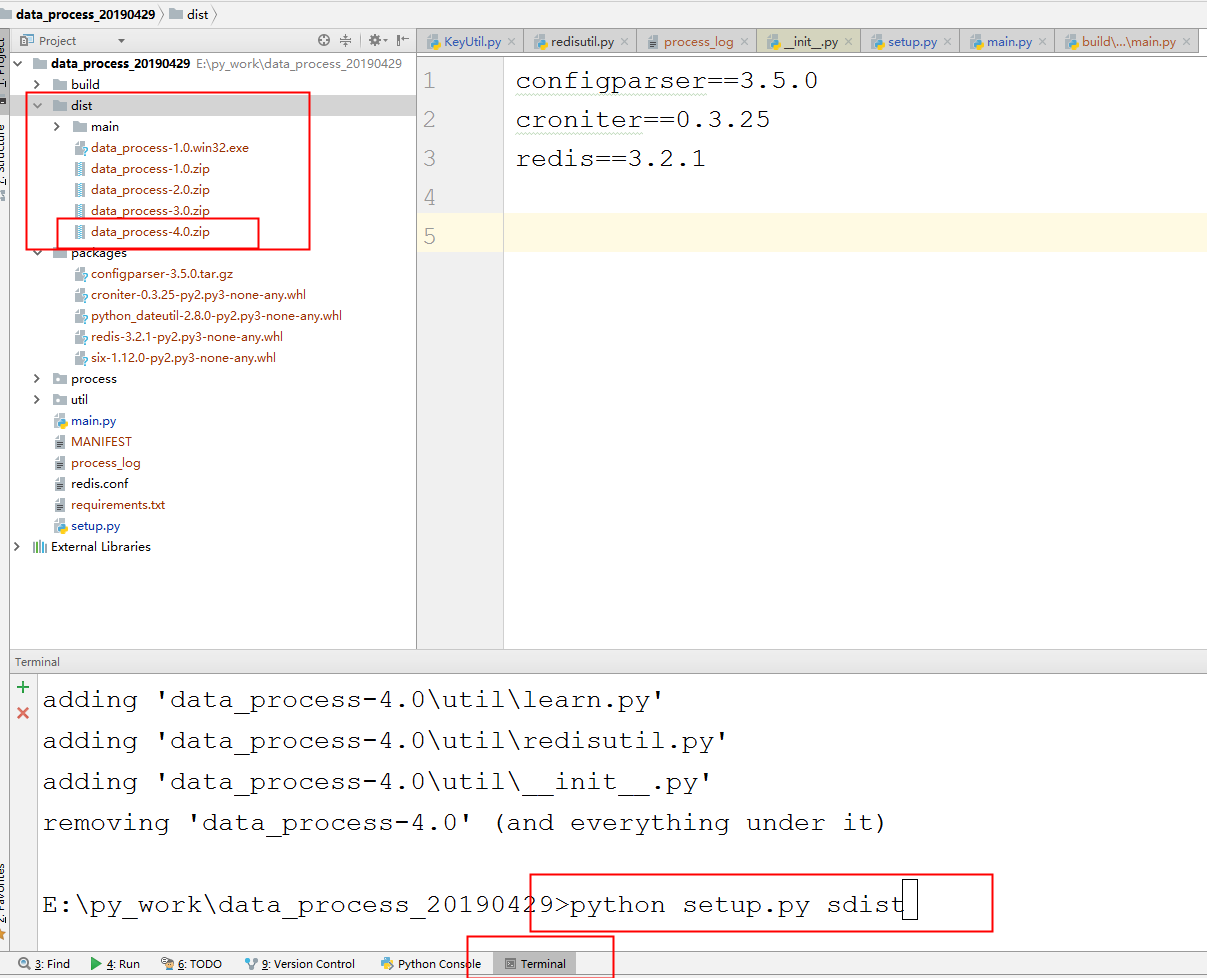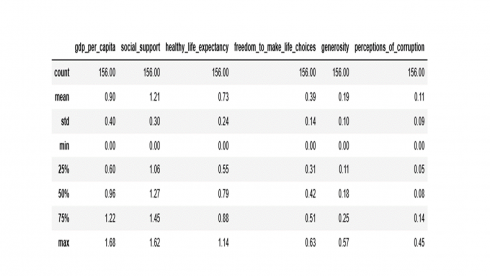

- #SEARCH PYTHON PACKAGE INDEX FROM ALFRED 4 SERIES#
- #SEARCH PYTHON PACKAGE INDEX FROM ALFRED 4 MAC#
- #SEARCH PYTHON PACKAGE INDEX FROM ALFRED 4 WINDOWS#
We can see this if we capitalize all the elements from df_a: However, it is important to note that this data is extremely unusual, and only occurs because the elements of each data frame alternate consistently in the sorted series. The process continues:Īs we can see in the network visualization above, this process yields two candidate links for every entry, except for the first and last.

The next window, centered on the second 'alfred', looks like this:Īnd since the second 'alfred' is from a different data frame than 'bob', another candidate link is created. Since each 'alfred' is from a different data frame, a candidate link is given, as can be seen in the network above. The window for the first 'alfred' looks like this:
#SEARCH PYTHON PACKAGE INDEX FROM ALFRED 4 WINDOWS#
To visualize this, let’s look at a few windows in the list by capitalizing entries inside the window. one position away) are considered as candidate links. In other words, a window of 3 means that only elements that are adjacent to the target (i.e. Since window = 3, the SortedNeighbourhoodIndex finds candidate links for each element by looking at three elements total, centred on the element in question.
#SEARCH PYTHON PACKAGE INDEX FROM ALFRED 4 SERIES#
These are combined into a single sorted series (seen here as a sorted list): If two elements from different data frames are within the window, they are considered a candidate link. For each element, it looks within the specified window.It places the data from both data frames into one series.Internally, the SortedNeighbourhoodIndex does the following to determine candidate links: However, knowing how this is processed internally is important for understanding when this method might return unexpected results. This shows how the sorted neighbourhood method can be used to identify candidate links even when you cannot guarantee exact matches between potential matches. # Create pandas MultiIndex containing candidate linksĬandidate_links = indexer.index(df_a, df_b)Īs can be seen in the network diagram of the result, we have candidate links between all names which would be adjacent in a sorted list. Indexer = rl.SortedNeighbourhoodIndex(on='names', window=3) Names_2 = ĭf_a = pd.DataFrame(pd.Series(names_1, name='names'))ĭf_b = pd.DataFrame(pd.Series(names_2, name='names')) The interleaved neighbourhoodĬonsider the following code, which creates a set of candidate links using the sorted neighbourhood method: This tutorial contains a series of examples, which are intended to demonstrate both the power and the quirks of the sorted neighbourhood method. To get the most out of this tutorial, you should already be familiar with indexing candidate pairs with recordlinkage. This tutorial takes a closer look at the sorted neighbourhood indexing method, which has more complex behaviour than other indexing methods.
#SEARCH PYTHON PACKAGE INDEX FROM ALFRED 4 MAC#
I just wanna be able to search my mac again!! Please help! Thanks.This tutorial is a supplement to our tutorial on indexing candidate pairs with the recordlinkage Python package for data integration. I've tried many of things and every time.

but its giving the "Indexing and searching are disabled" message still. metadata_never_index as a hidden file in my root, so I deleted it and tried reindexing.

I'll list the things I've tried and specs: I can't search for anything on my MacBook. My spotlight searching hasn't worked for quite some time and I've tried everything I could find on Google.


 0 kommentar(er)
0 kommentar(er)
